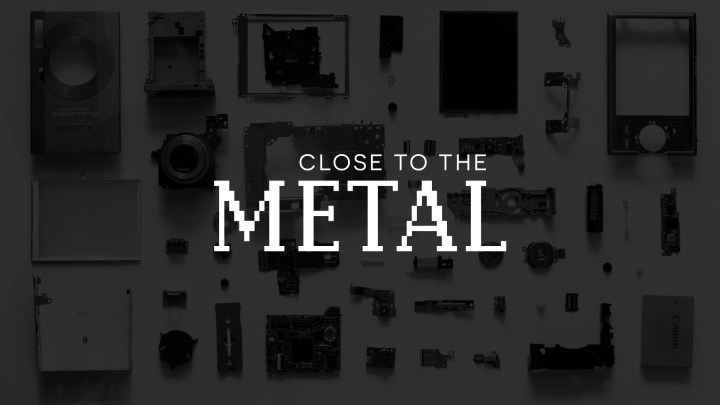


Intel’s new Optane technology is finally making its way into consumer PCs, as promised, in the form of Intel Optane Memory, an M.2 drive that acts as a caching source for your existing hard drive. The chip manufacturer makes a lot of promises about performance, and which we haven’t had a change to test, but that won’t stop us from conjecturing based on what we know.
And what we know isn’t promising. Intel Optane Memory requires a Seventh Generation Intel Processor and newest generation motherboard with a Optane compatible M.2 slot, which you aren’t likely to find outside of expensive enthusiast boards. At $44 for the 16GB Optane Memory, you’re almost at the cost of a 120GB SSD, which would seem to most system builders to be a preferable option.
A better target for the Optane Memory are companies like Dell or HP. Everyday users looking to buy a system see 1TB drives, and it’s hard to convince them a smaller SSD is a better choice for responsiveness and load times. When they buy the computer with the slower drive, they’re inevitably disappointed by its performance. Optane allows those companies to sell the larger drive, hopefully exhausting their inventory of spinning disk drives, and still maintain solid performance with the caching power of Optane.
So who is Intel Optane Memory really for? Will high-end gaming PCs forget about SSDs in favor of caching? Are OEMs interested in spending more on storage rather than jumping to increasingly speedy SSD technology? We’ll break down what we know, and what we think is down the road, for Intel Optane on this weeks’ episode of Close to the Metal.
Close to the Metal is a podcast from Digital Trends that takes a deep dive into computing and PC gaming topics. Each show, we’ll focus in on one topic, and leave no stone unturned as we show off the latest in hardware and software. Whether it’s the latest GPU, supercomputers, or which 2-in-1 you should buy, we break down the complicated jargon and talk about how user experience is affected in the real world. Please subscribe, share, and send your questions to podcast@digitaltrends.com. We broadcast the show live on YouTube every Tuesday at 1pm EST/10am PST.”



